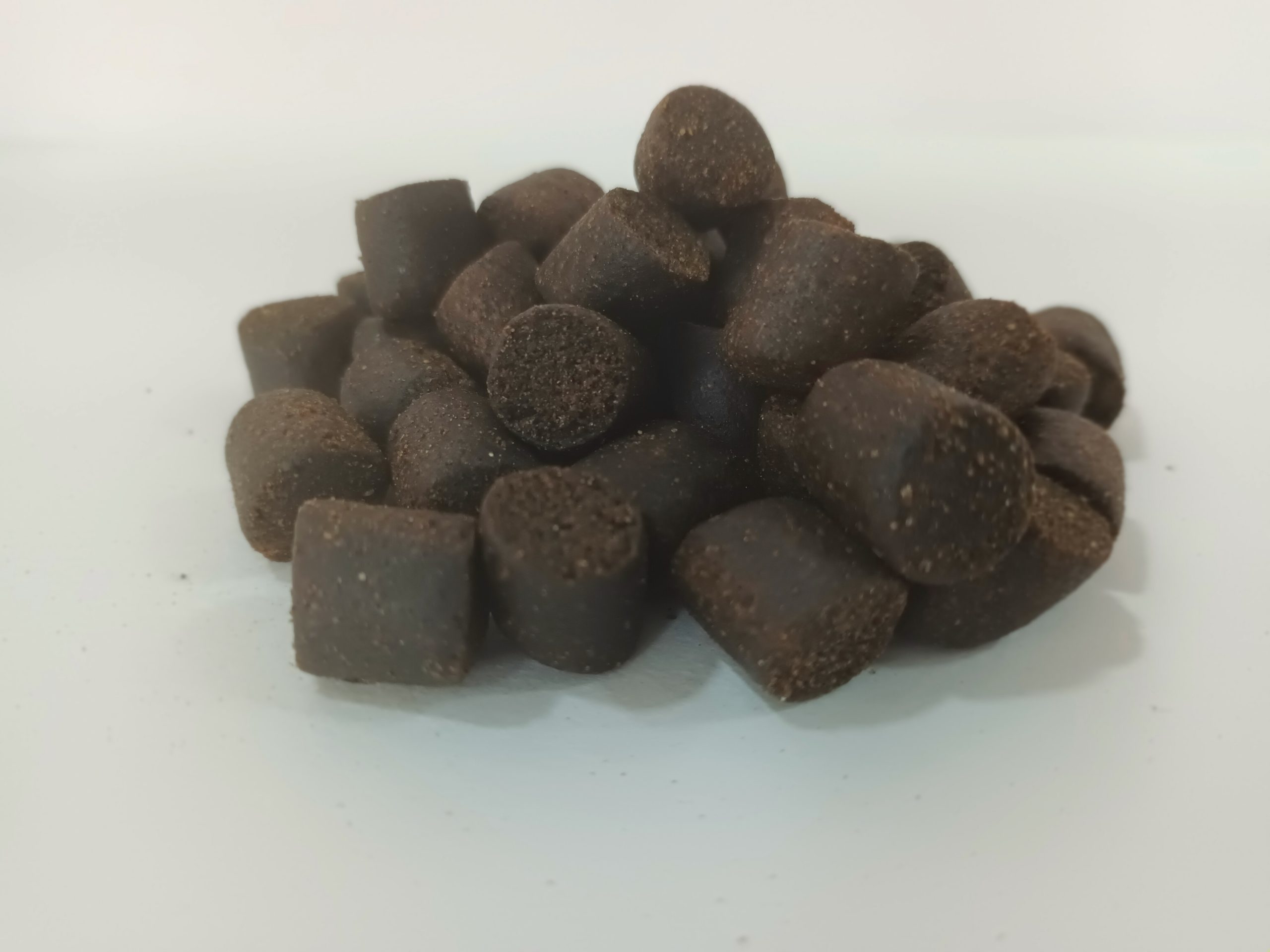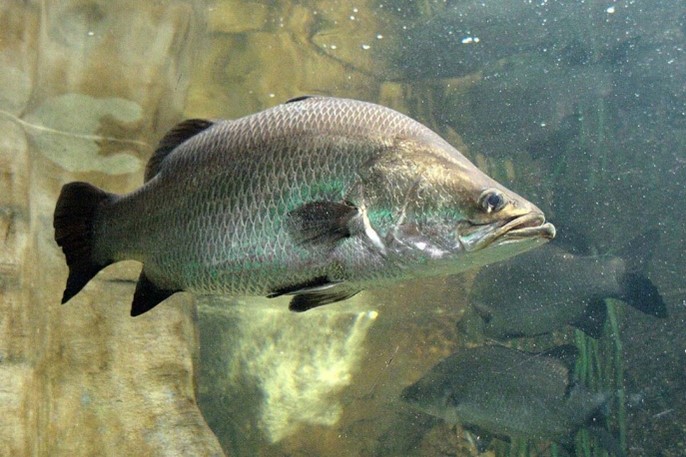
Indicus
Barramundi is one of the most promising species in aquaculture production because it tolerates high density and withstands large environmental changes.
Barramundi is one of the most promising species in aquaculture production because it tolerates high density and withstands large environmental changes.
In addition, the high fertility of females provides abundant biological material for ovum production in hatcheries. It is a species that adapts very well to the conditions of production in captivity and obtains a great yield with extruded quality feeds, growing rapidly and reaching a commercial size (350 g – 3 kg) between six months and two years.



